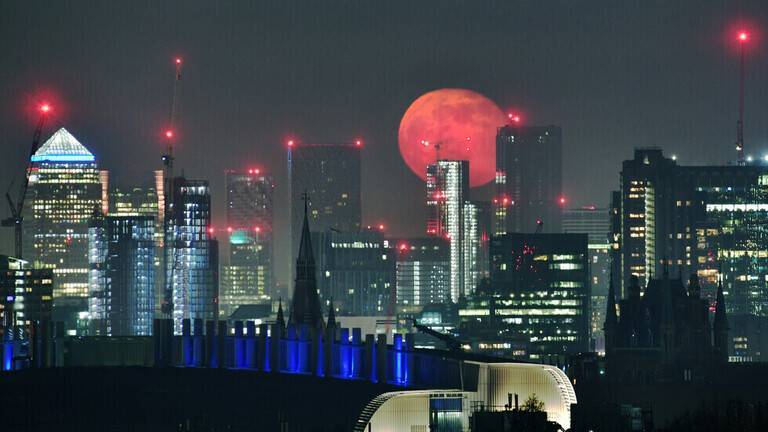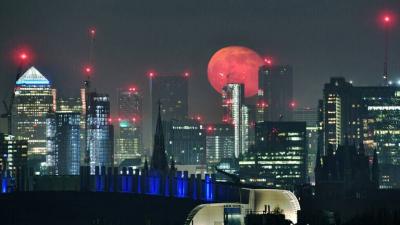The full moon phase occurs approximately every 29.5 days, and sky enthusiasts will soon witness the full moon on June 14, known as the "Strawberry Moon." The moon will reach its peak fullness on Tuesday but will also appear bright and full on Monday and Wednesday. People around the world are expected to see the supermoon phenomenon, as it will appear larger and brighter than usual. Experts say it will be 30% brighter compared to when it is at its farthest point in its orbit around Earth.
A supermoon occurs when the moon's orbit is closest to Earth while being full, making it look significantly larger and brighter than normal. This month's full moon will be the first of two supermoons that will grace Earth's skies this year, with the second supermoon occurring on Wednesday, July 13. The closest point of the moon to Earth is called perigee, where it will be about 363,300 kilometers (226,000 miles) away from Earth.
It is noted that the phenomenon known as "moon illusion" will also make the full moon appear much larger when it is near the horizon. This optical illusion makes the moon look bigger near the horizon than when it rises in the sky.
Native American tribes named the June full moon the Strawberry Moon as it coincides with the summer strawberry harvest season in North America. The farmer's almanac also indicates that this specific supermoon has had several names in the past, including "Green Corn Moon," "Full Flower Moon," and "Full Honey Moon," as it coincides with the time when honey ripens, possibly linking the name to the phrase "honeymoon," due to the tradition of weddings in June. NASA described the "Honey Moon" as the "sweetest" moon of the year.




